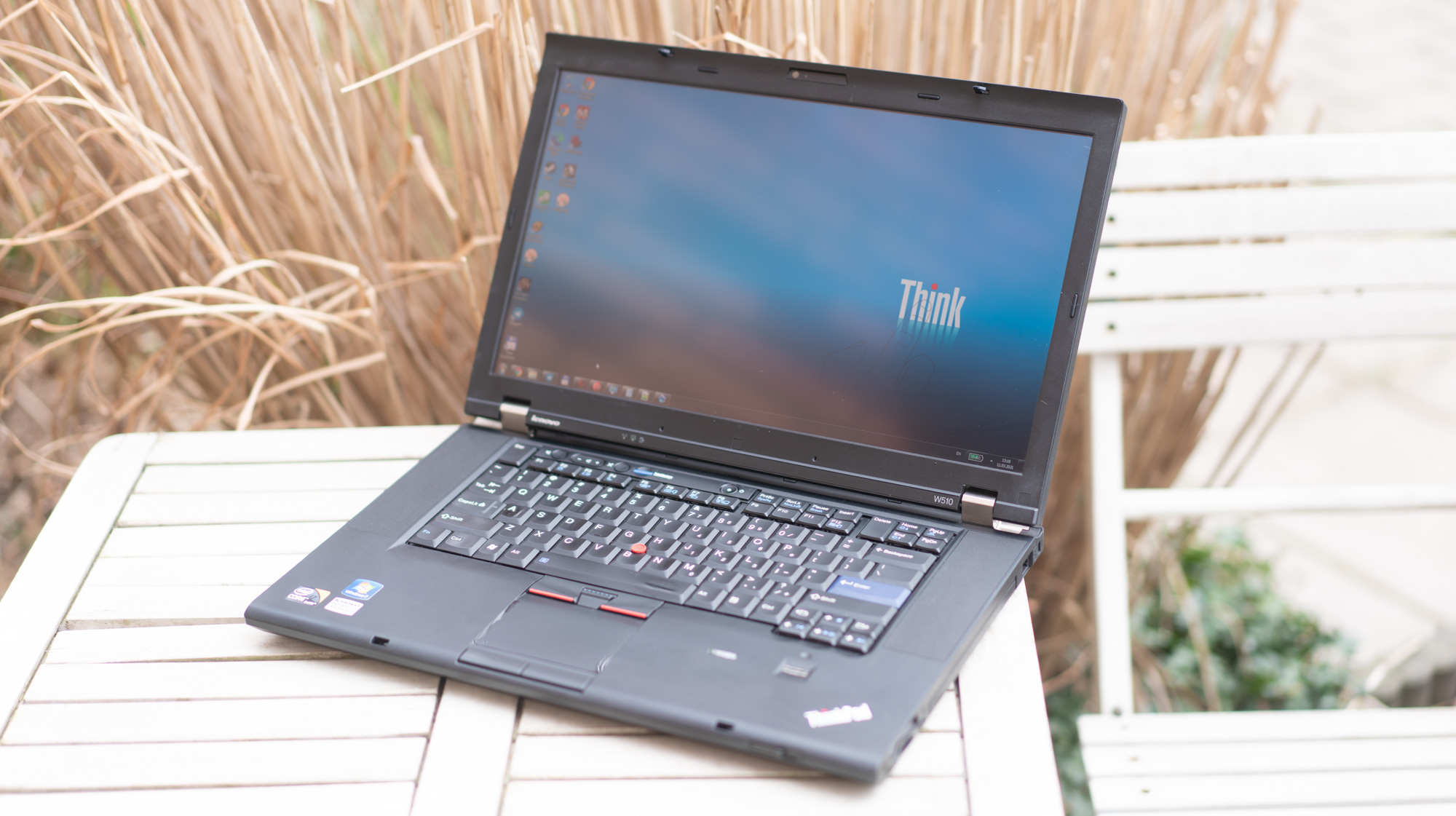
Recently I had a dream come true and I found a laptop in good condition and in the maximum configuration: without any discounts, the option "in the configurator are all ticked". This is the ThinkPad W510 mobile workstation, released in 2010, and therefore already suitable for my criteria for retro technology. Despite its age, it is still quite suitable for everyday use, thanks to a 4-core processor and 16 gigabytes of RAM. But the point is not only this: the uniqueness of my copy is that it will definitely not work to "pump" the base laptop to a similar state. Today I will tell you about this laptop, and, at the same time, I will try to assess the progress that has occurred in more than 10 years.
I keep a diary of a collector of old pieces of iron in Telegram .
I'll start out of the box, with photos of the laptop on the sides. Check out this wealth of connectors!

They don't do that anymore! Two ports support the USB 3.0 interface, which was not yet widespread at that time (in the "civilian" ThinkPad T510 with the same chassis, there were only ports of the second version). One USB port is combined with eSATA. There is a FireWire port, standard VGA and DisplayPort digital video output.

There is a card reader and even a slot for ExpressCard 34 devices. But when I saw the photo of the laptop from this end in the ad, I was really interested. Instead of an optical drive, there is a plug, which suggests that this is not a standard laptop configuration, but a very rare version with a RAID array of two hard drives. The fact is that you can't just add RAID to a W510 instance that didn't have it at the beginning. The top versions were equipped with their own modification of the motherboard with an Intel RAID controller.
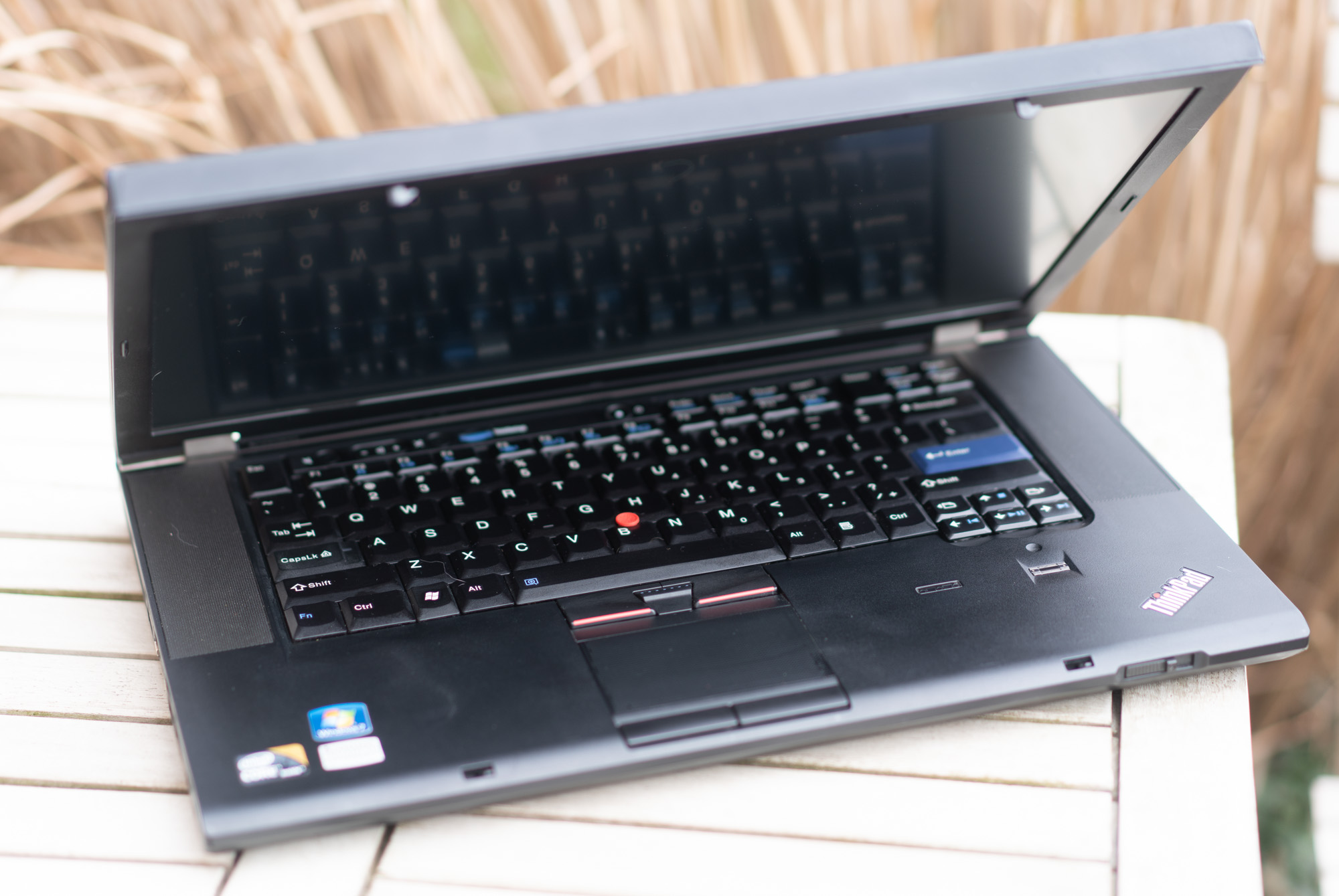
And now, formally, the device specifications:
- Intel Core i7- 920XM processor, first generation Intel Core i7 quad-core processor based on Nehalem architecture and 45nm process technology. The base frequency is 2 GHz, the maximum is 3.2 GHz.
- 16 DDR3, 4 4 .
- : RAID0 SSD OCZ Vertex 250GB SATA2
- : 15,6 , 1920x1080, , 242 , 500:1, 95% Adobe RGB
- : Nvidia Quadro 880M, 1
- : 4xUSB ( 2xUSB 3.0, 1xUSB+eSATA ), Firewire 400, ExpressCard 34, VGA, DisplayPort, Gigabit Ethernet, , -.
- : WiFi Intel Centrino 6300 802.11abgn, Bluetooth 2.1, WWAN WCDMA+GPS
- : X-Rite, , -
- : 372x245x40
- ( ): 2.57
The ThinkPad W510 is a mobile workstation laptop with competitors like Dell Precision, HP Zbook and Apple Macbook Pro. These laptops were produced from 2008 to 2015, now the successor of the W510 is the ThinkPad P1. With the "civilian" 15-inch ThinkPad T510 laptop, the model has a common chassis, but the available configurations are much richer. And the price, accordingly, is higher - the most basic configuration cost about $ 1,700. I found a detailed review on Overclockers.ru a laptop in a very similar configuration (but without a touchscreen), it mentions an average cost of 120 thousand rubles, or (at the then exchange rate) about $ 4,100 ($ 4,767, taking into account inflation). But this is without a touch screen, and most importantly - with two conventional HDDs of 320 gigabytes each, albeit in a RAID0 configuration. Most likely, my copy was updated later, the original hard drives were replaced with two SSDs from OCZ. The memory was most likely also increased later, in 2010 it was believed that 8 gigabytes was a lot.

Windows 10 was installed on the laptop, which I mercilessly demolished: it's still a "young retro", and in its first life the laptop was running Windows 7. On archive.org I found imagesthree system recovery DVDs common to the 2010 T and W series. Since there is no optical drive available, I downloaded them to an external Zalman HDD with DVD-ROM emulation. From it, in about an hour and a half, I brought the laptop to the “fresh from the store” state: with the original Windows 7 Pro and all the pre-installed software. As useful (utility for working with the battery), and not very (wireless manager, completely duplicating the functionality of the OS; utility for updating drivers from the Lenovo server, which has long been turned off). Well, with branded wallpaper:

The W510 is a classic ThinkPad: it contains all those features for which the notebooks of this brand were appreciated, and which later, as unnecessary and for greater compactness, were slowly cut out. Mechanical lock for the display lid. Keypad backlighting with LED from above. Dock connector on the bottom. Here is a traditional seven-row keyboard with small, relative to the times of IBM, changes: the height of the Escape and Delete buttons has been increased, the shape of the multimedia keys has been changed, and a separate microphone mute button has been added, which is useful in coronavirus times. A full-fledged keyboard with a numeric keypad would fit into a 15-inch device, but it is not here, there are speakers on the sides. Despite the fact that they have so much space and are aimed directly at the user, the sound from the W510 is mediocre.

Weight under three kilograms and a heavy 135 W power supply (sometimes worse) in 2010 do not raise questions: this is a powerful laptop. By 2021, they learned how to make compact devices with powerful stuffing, and today the W510 is a natural brick, portable in the sense of “you can move from one workplace to another,” nothing more. The regular 6-cell battery doesn't help much either.
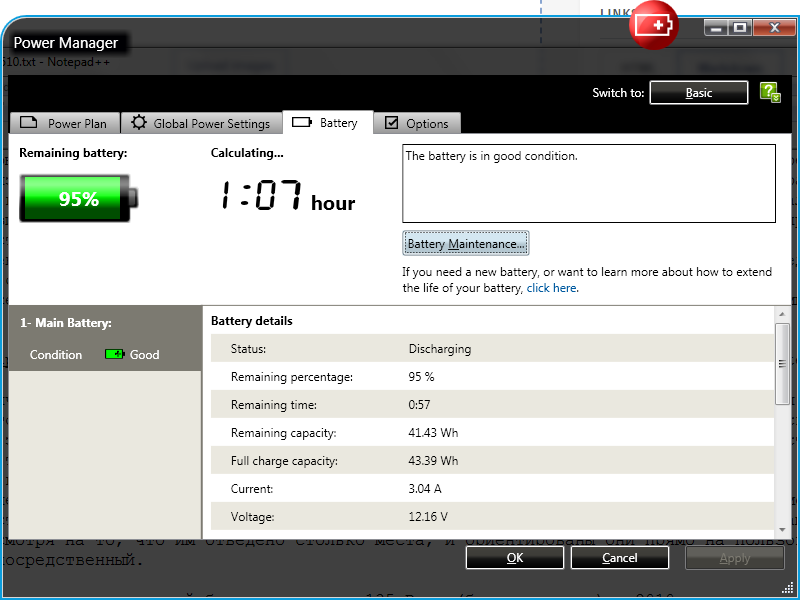
67 minutes is in the "nothing happens" mode. Under load, the battery can be drained in half an hour. Affected by a gluttonous processor, a non-hybrid graphics subsystem, a high-quality but wasteful screen. The battery in the laptop did not change and after purchase it showed a capacity of 30 out of 56 watt-hours.

The utility for working with the battery has a "reset" mode of the battery: when it first discharges to the bottom, and then recharges. Three such procedures raised the capacity to 43 Wh, which is quite enough. You can find a non-original new 9-cell battery, but what's the point? There will be an hour and a half instead of an hour of battery life. So so advantage.
Performance
As of 2010, the ThinkPad W510 is a laptop for the elite. The most budget models, as well as numerous netbooks at that time, had a single-core processor with ridiculous performance. Compared to good dual-core laptops, an interesting nuance arose: when adding processor cores, the frequency had to be seriously reduced. The "fastest" Core i7 of the first generation with two cores had a frequency of 2.8 GHz (turbo up to 3.46). Here, 2 gigahertz is nominal, 3.2 "in a jump". In 2021, the W510 is an example of a robust retiree. It is quite suitable for everyday work, and even copes with many open tabs in the browser - over 10 years the web has turned from a simple load for any system into one of the most demanding benchmarks. I can't say that about my X200 based on Intel Core 2 Duo: it works thoughtfully.

This is how it looks in objective benchmarks. 2,405 points in Geekbench 4 single-threaded test is about 40 percent faster than the 2.66 GHz Intel Core 2 Duo P8800 processor. On the other hand, the 2018 ThinkPad T480 laptop with an Intel Core i7-8550U processor scores 5073 points, almost exactly double. In a multi-threaded test, the performance of the 4 cores of 2010 is roughly equal to the capabilities of a T430 laptop with a third-generation dual-core Core i7 (2012).

In the PCMark7 Composite Retro Test, the laptop scored 3418 points, 37% better than the dual-core X200 (2490) and, again, almost half the ThinkPad T480 (6654). By the way, what does a RAID array of two older SSDs give us?
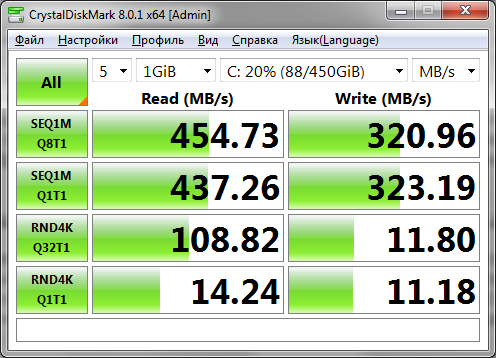
One SSD of this generation should deliver 260 megabytes per second in linear read mode and 160 in write mode. There is definitely an advantage of operating two drives in RAID0 mode, although not twofold. In small block write mode, the result in one test is unexpectedly low, which can be a feature of both SSD and RAID controller. Replacing drives with modern ones will certainly help improve performance, but it is unlikely to affect the subjective responsiveness of the laptop. Two bays for 2.5-inch drives can be disposed of differently: switch to reliable operation mode RAID1, or separate them: on one disk the system, on the other, thicker, data. If you leave RAID0, you get an interesting retro solution that bypasses the limitations of the SATA2 interface.
Will it run Crysis?
Very conditional. 27 FPS with high graphics settings and a ridiculous 800x600 resolution. With native FullHD resolution, I got 10 frames per second, or 38fps at the most basic picture quality settings.
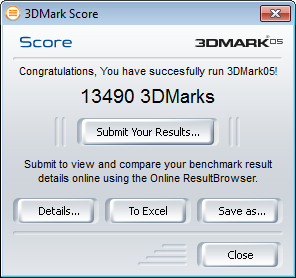
The Nvidia Quadro FX 880M graphics card is analogous to the GeForce GT 330M with lower frequencies. I recently tested the 2005 Radeon X850XT desktop graphics card. In the 3DMark 05 benchmark, it received 6102 points. On the W510 in the same benchmark, I got a result of 13,490 points. You can even compare this not so much with modern video cards GeForce and Radeon. The Intel integrated video in my T480 scores 21,600 points! The capabilities of a video card in an old laptop are unlikely to be enough even for games released around 2010. But if you rewind five years back, then no problem: Half-Life 2 with High settings without any problems "takes off" even in FullHD.
Display
Perhaps the most interesting feature of this laptop. The 15.6-inch 1920x1080 resolution sensor offers excellent color reproduction, sufficient brightness and good viewing angles, without using IPS technology. This is TN + Film on steroids. But that's not all. The sensor of the built-in calibrator X-Rite Huey Pro is hidden in the palmrest:
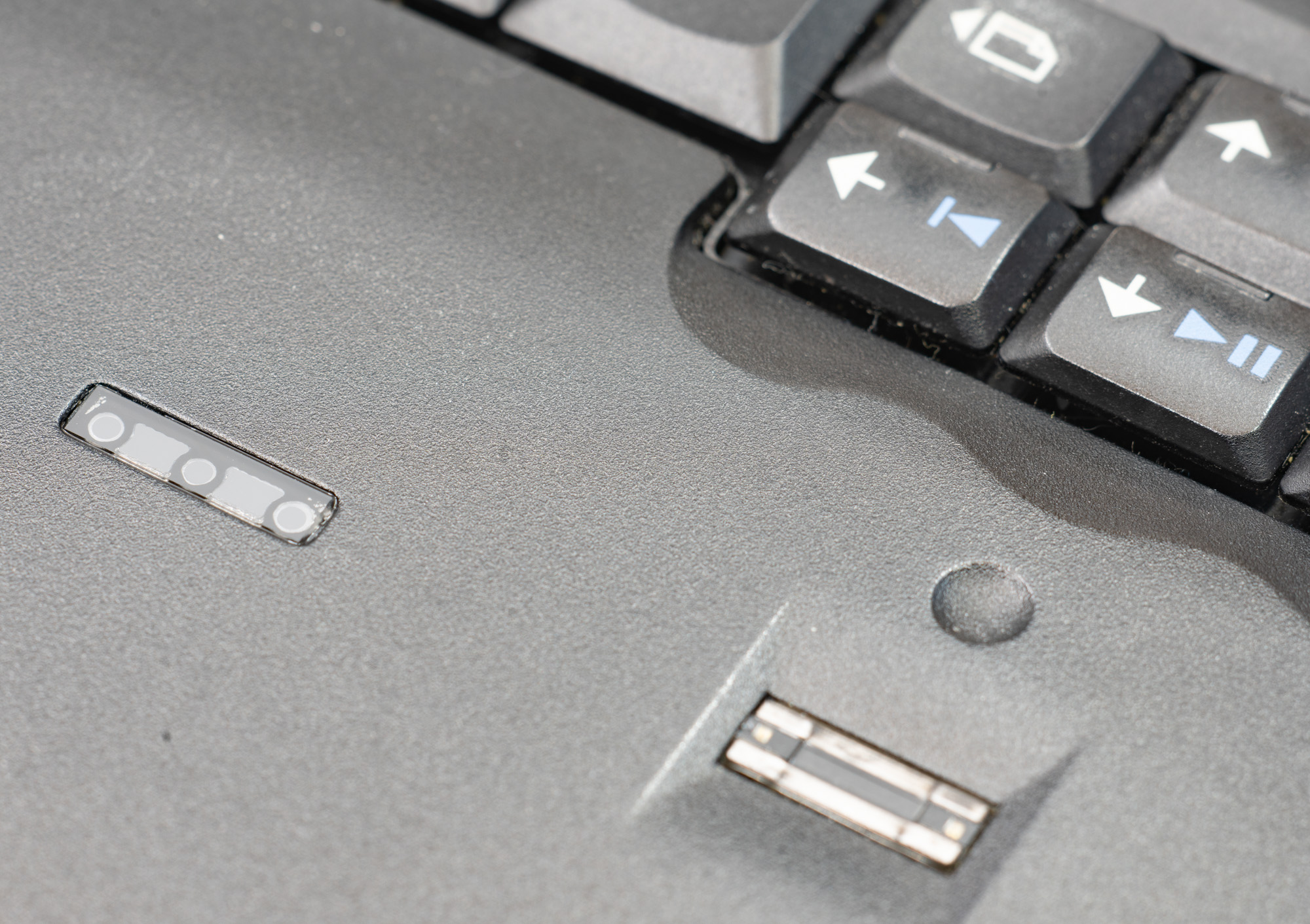
This is how it looks from the reverse side:
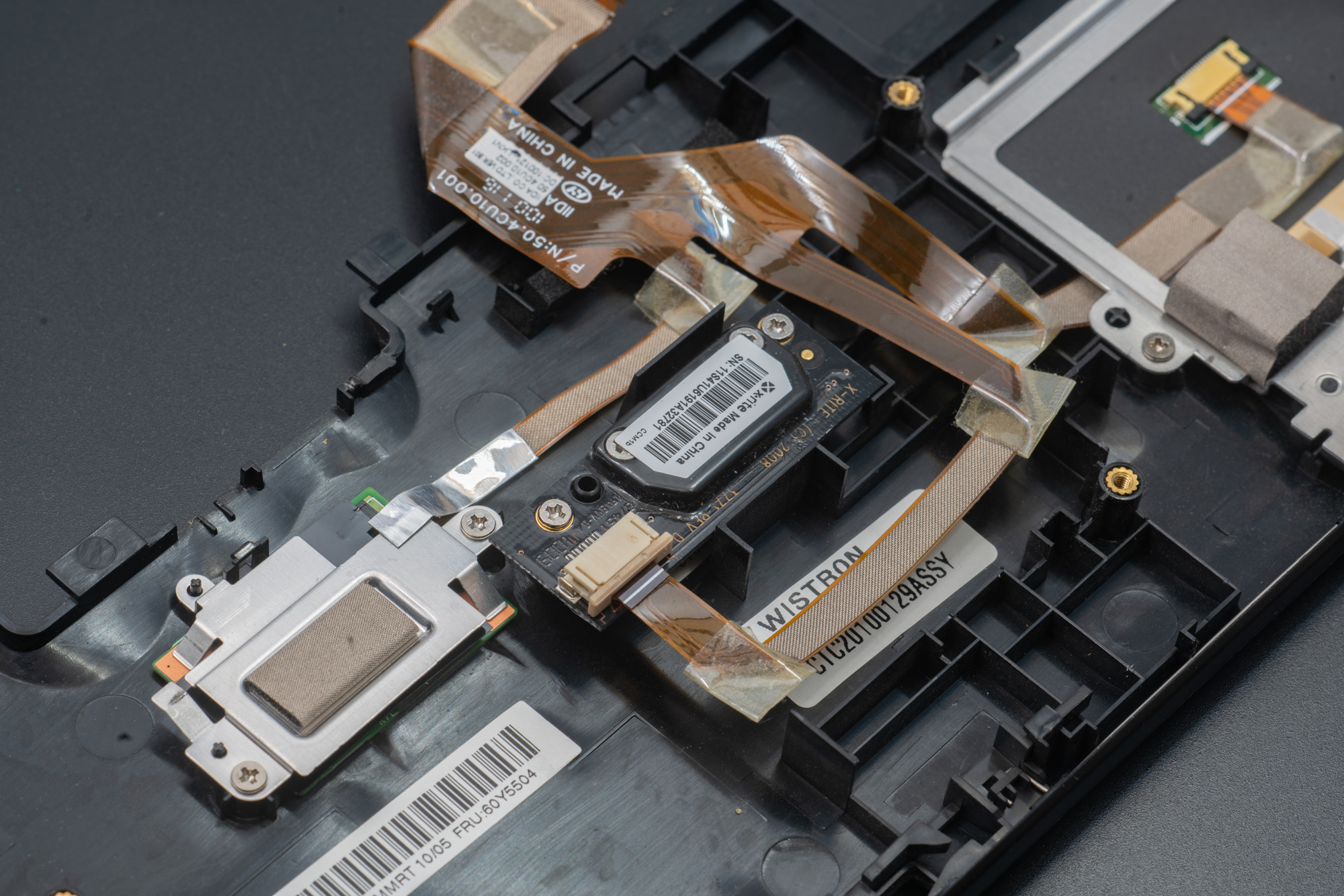
A utility is installed on the laptop that calibrates and applies color correction:
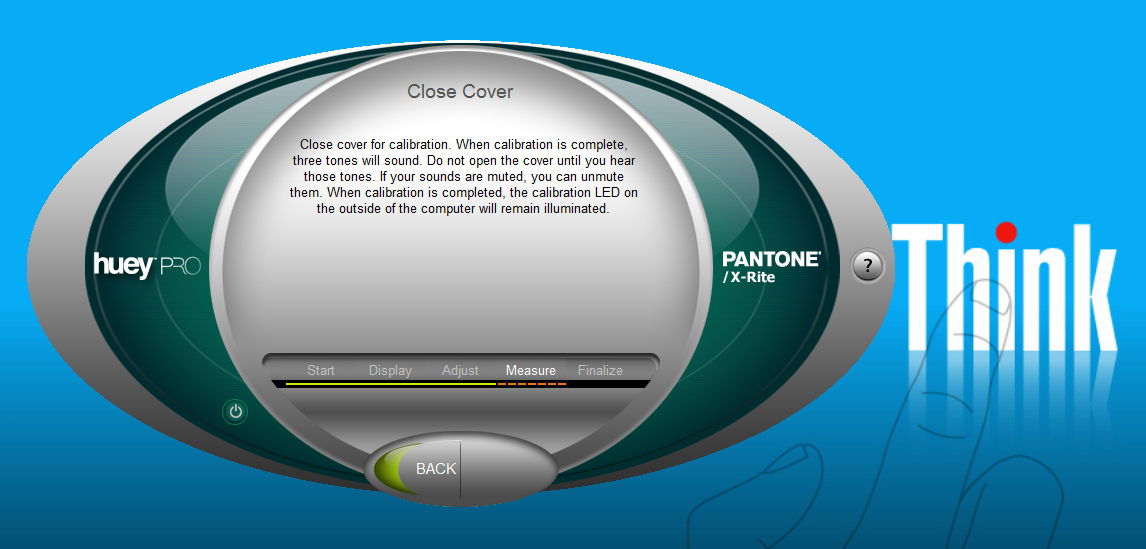
Because of this, the W510 has an additional indicator on the lid:
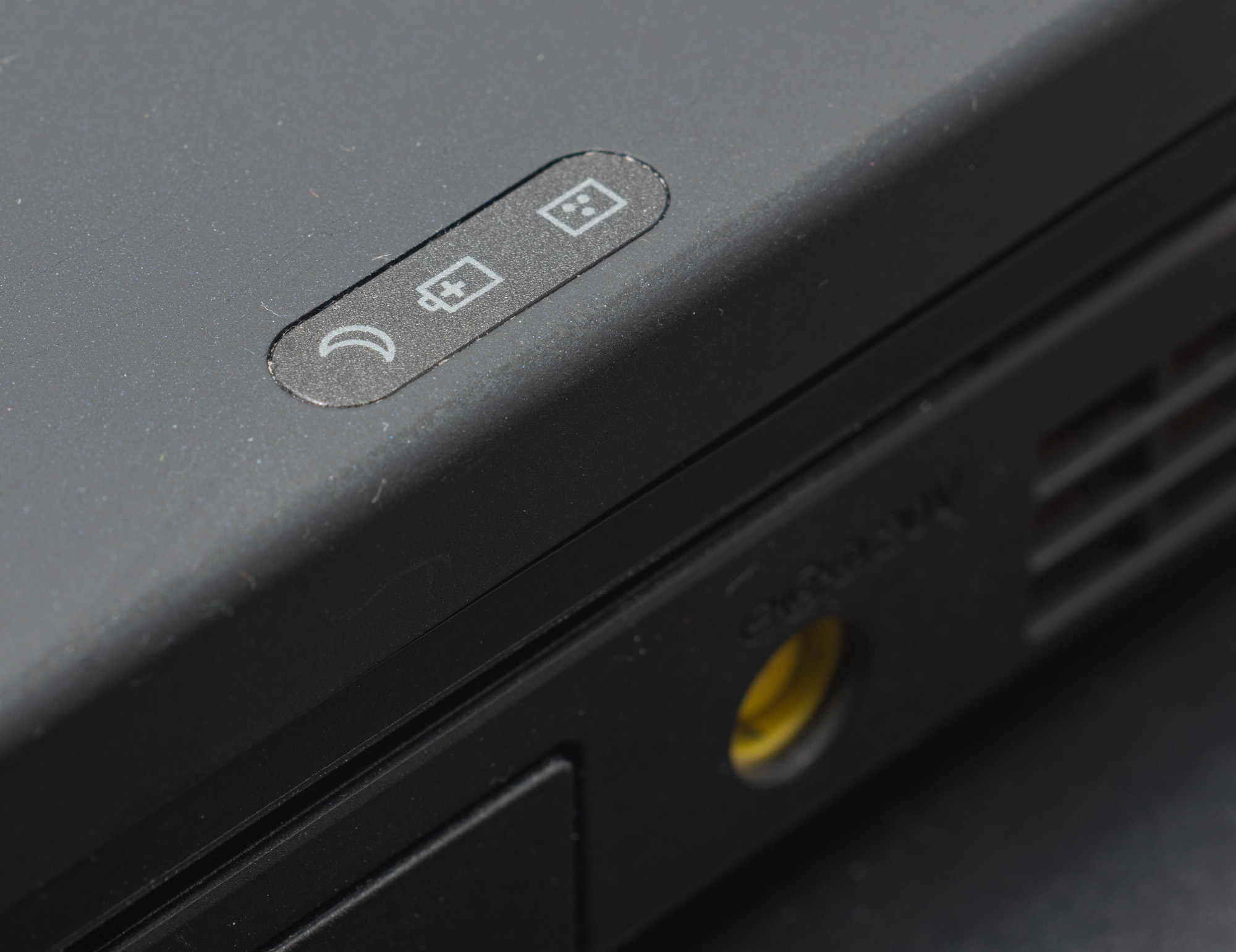
It works like this: launch the utility, close the lid, test patterns are run on the screen, the sensor measures the correctness and makes a correction. The utility recommends calibrating the display every two weeks, and as a result, in theory, you should get the most correct display of colors on the display, which is extremely important for working with photos and videos. In a test of a laptop with the same screen on the Notebookcheck website, there is confirmation of the declared specifications in terms of brightness, contrast and, most importantly, almost complete coverage of the Adobe RGB color space.

For me, the most important thing was not the color accuracy, but the wide range. The difference is very noticeable, especially if, as in the photo above, we compare this laptop with a modern IPS matrix in T480, which has a mediocre color rendering ( 54% sRGB ). A very bright, juicy picture is slightly clouded only by extremely uneven backlighting, which is noticeable only when viewing very dark images. But, to be honest, I did not understand why the touchscreen was added here. Perhaps the benefit from it lies in the fact that it reacts not only to finger touches, but can also work with a stylus, which is not included in the kit. However, it gives more glare than a matte display without a touch layer.
Maintenance
I have a rough idea of how to make this laptop even better. You can change the SSD to a modern one with noticeably better performance. Replace memory modules and bring it up to 32 gigabytes. Change the processor to the I7-940XM model with a frequency of 2.13 GHz, which was never installed on this laptop. Replace the keyboard and palmrest with new ones while you can get them. All of this will triple the price of a laptop, but will do little in terms of performance. Therefore, this copy will remain in the form in which it was purchased for the time being. That does not exclude a little maintenance with cleaning the cooling system and replacing the thermal paste. We disassemble:

SATA hard drive adapter that plugs into the optical drive slot. In the review on Overclockers mentioned above, the author decided that these rubber pads were someone's amateur. But no, this is a factory collective farm: the drive height is 12.7 millimeters, and the caddy for the HDD is 9.5 millimeters, and it was necessary to make sure that the hard drive does not dangle.

Another SSD is installed in its compartment, next to it on the bottom there is another hatch for two slots for RAM. Two more slots are located under the keyboard, which, in the traditional ThinkPad manner, is secured with two screws, can be easily removed, and allows you to purge the cooling system without disassembling. Move on:
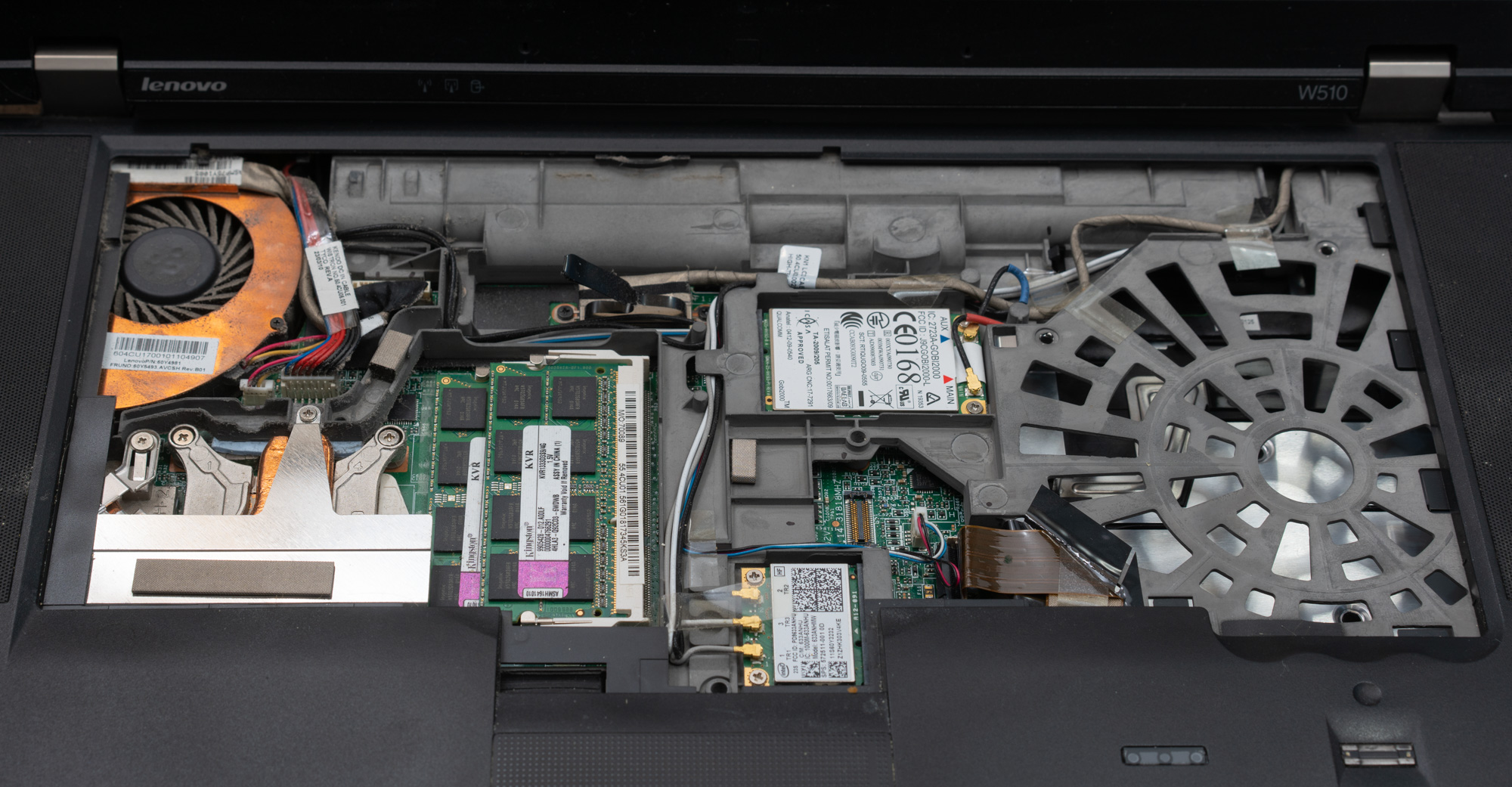
The wireless modules are visible here: Wi-Fi, Bluetooth and 3G. In the next version of the ThinkPad W520, it was possible to install an mSATA SSD instead of 3G.

The cooling system is covered in ten years of dust, but it's not as bad as it could be.
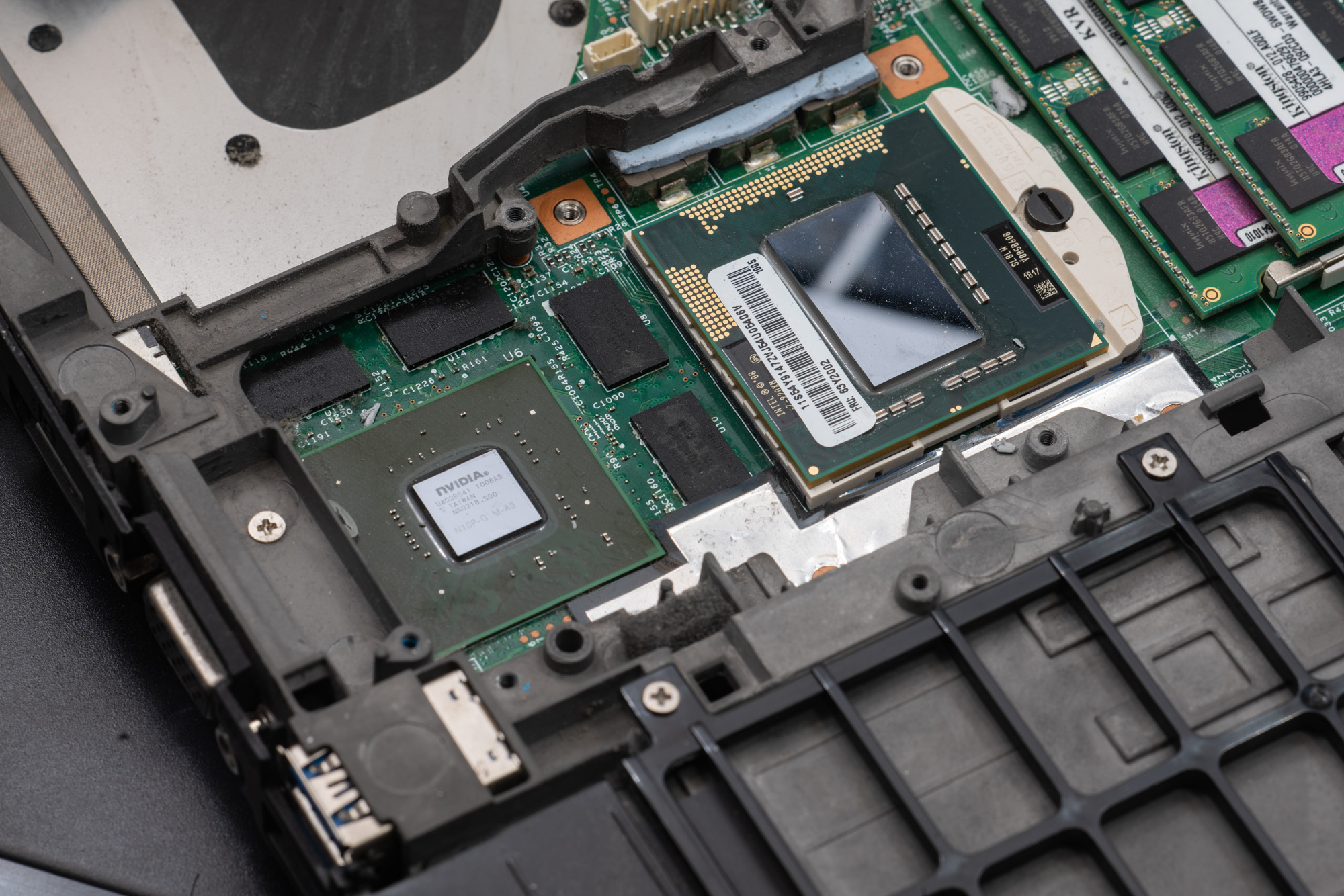
Thermal paste was also not stone. Before disassembling, I run a stress test in the AIDA64 program, in 25 minutes the processor temperature rises to 89 degrees.
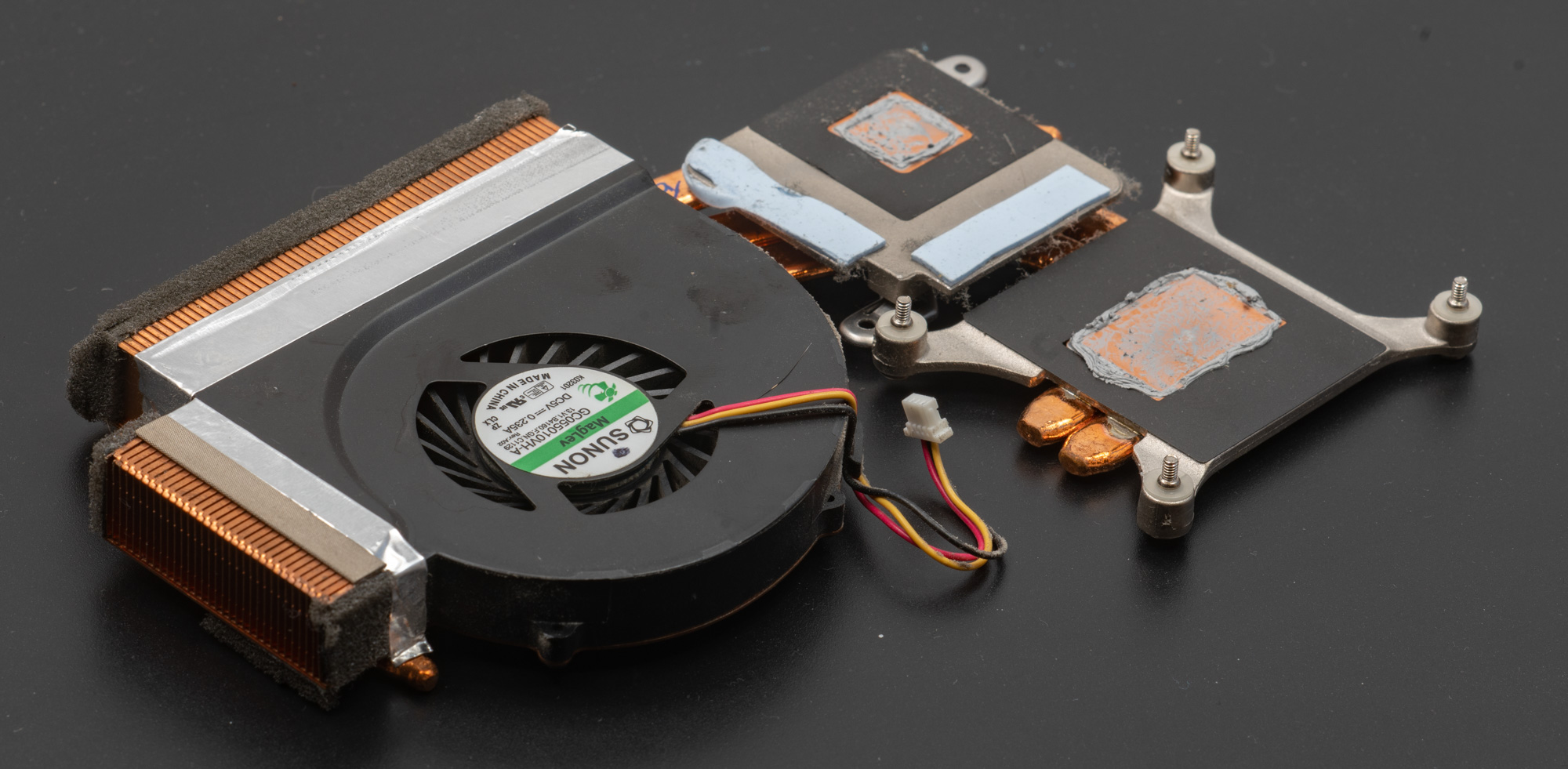
I clean and blow through the radiators with compressed air, apply new thermal paste, and collect.
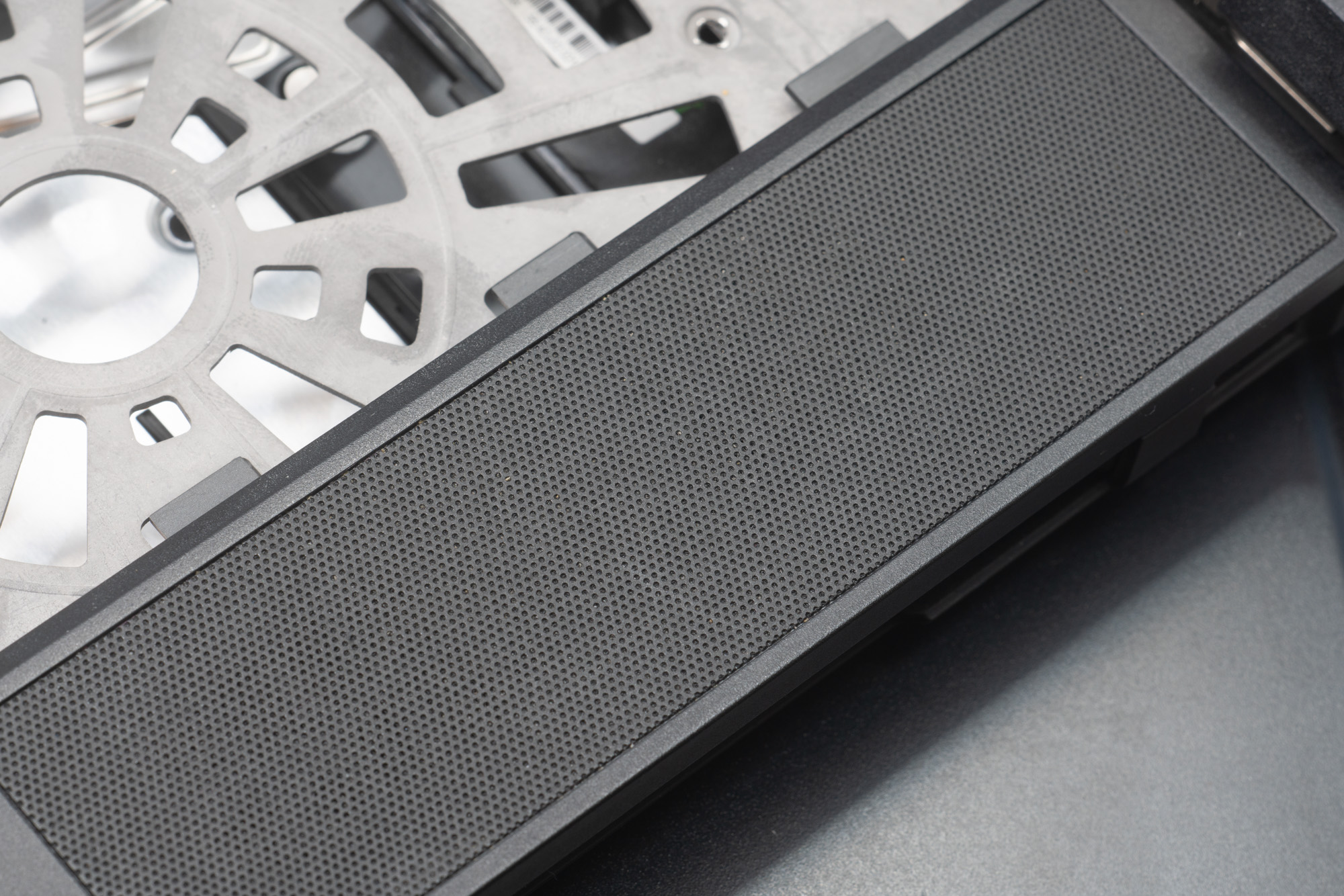
At the same time I use a toothbrush to clean the speaker grilles and other difficult places on the palmrest, and clean the keyboard.
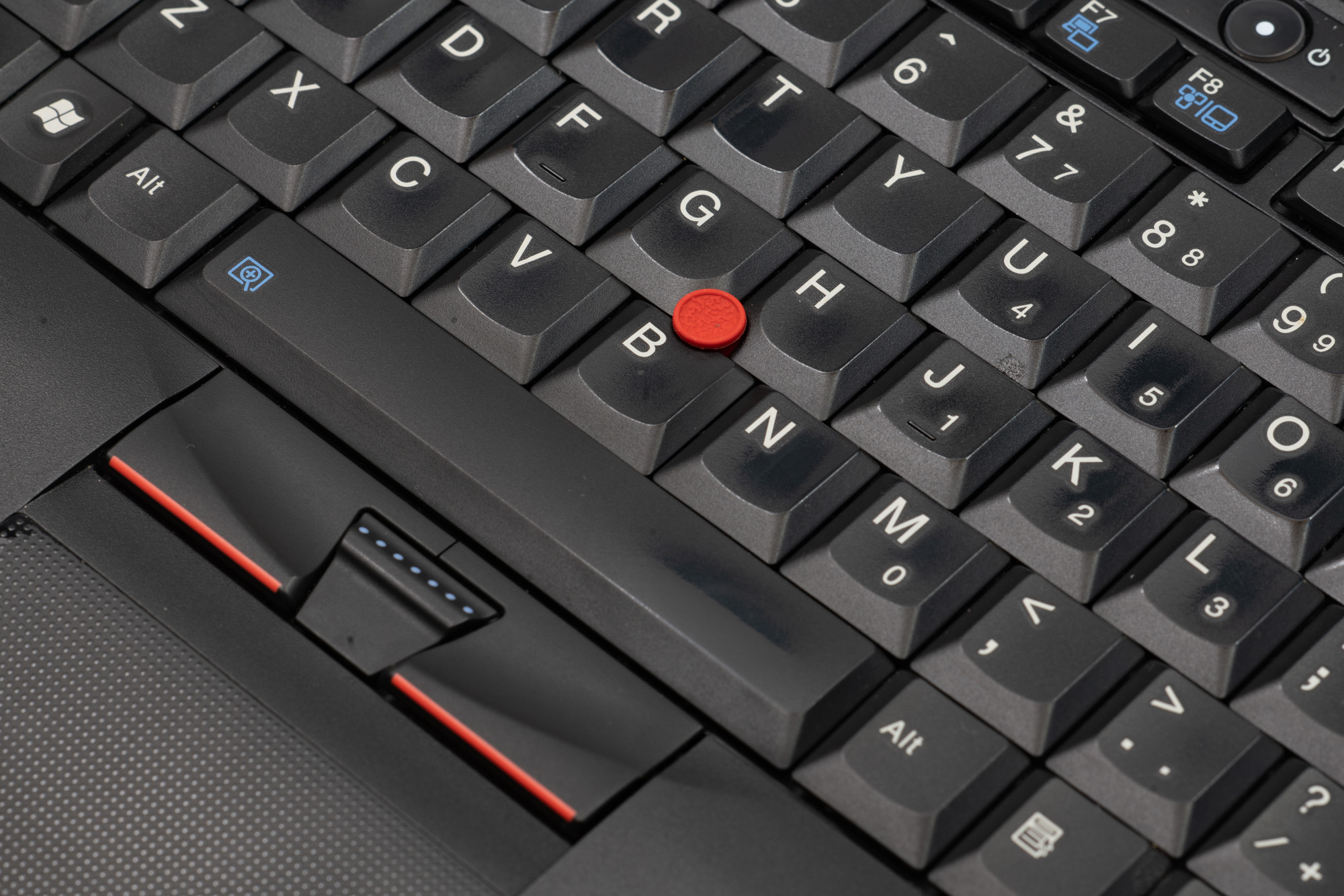
The last step is to change the old trackpoint attachment to a new, preferred shape. The gloss on the buttons is not washed off - it is already worn out plastic.

Re-testing, and there is a result! In the same 25 minutes, the temperature reached 82 degrees. The laptop is still quite hot: after working under load, the processor cools down to normal 50 degrees for another hour, and all this time the fan runs at increased speeds.
View from 2021
I got a laptop into the collection that can easily solve non-retro problems, for example, write this article, search for materials for it on the web and process photos in Lightroom. Although there has been little improvement in laptop PCs from year to year over the past decade, the cumulative difference has been large. Even the lightest ultrabooks now perform better. Modern mobile workstations are equipped with processors with six or even eight cores. Gaming laptops now manage to be three times thinner than they did 10 years ago.
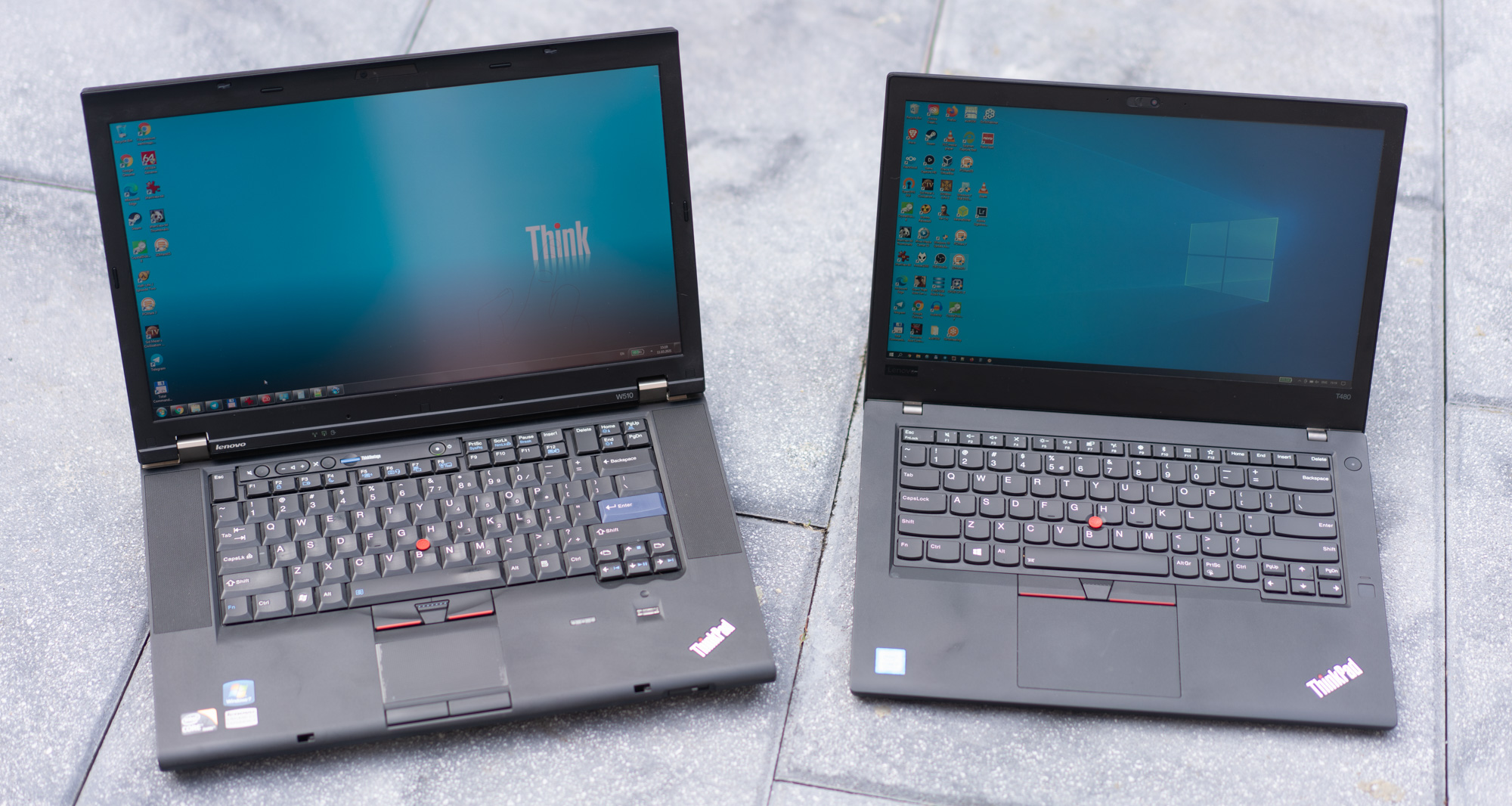
Another interesting change: the W510 used a 16: 9 display, while the previous model used a 16:10 screen. This downgrade was not justified by anything: a laptop for business, and its screen "to make it easier to watch a movie." After 10 years, 16:10 displays (or even 3: 2), offering the user more vertical space, began to slowly return. Yes, almost all connectors have disappeared, but they have been replaced by the universal USB-C / Thunderbolt, which carries power, video, network and anything else over a single cable. For displays, the order of the day is now not only enhanced color reproduction and increased contrast (for HDR), but also an update with a frequency of "over 60". Progress is still happening, albeit not the way it used to be.
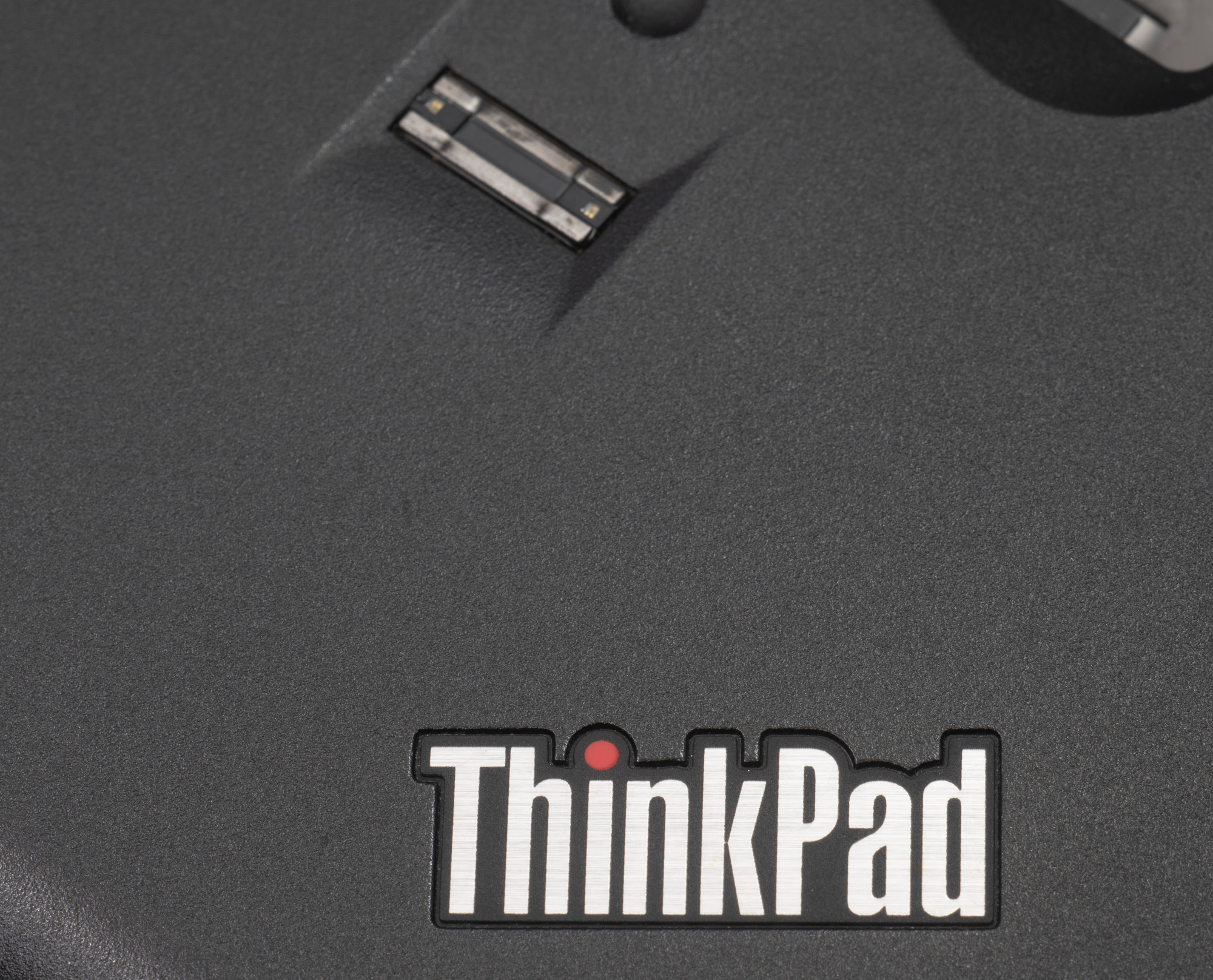
Among ThinkPad notebook fans, there is a phenomenon known as " Frankenpad "- a laptop based on ThinkPad T60, upgraded to the maximum. For a long time it was the" last "," real "," cake "mobile computer with performance sufficient for modern tasks. This is no longer the case: a modern web for an old man on Core 2 Duo is heavy. My W510 is also a "cake" (albeit widescreen), with an excellent keyboard and screen, but due to four cores and a solid amount of memory, it still holds up. And due to its unique configuration, it will be appreciated as a quality artifact from the past If it doesn't break down The flight is normal for the first 11 years, let's see what happens next.